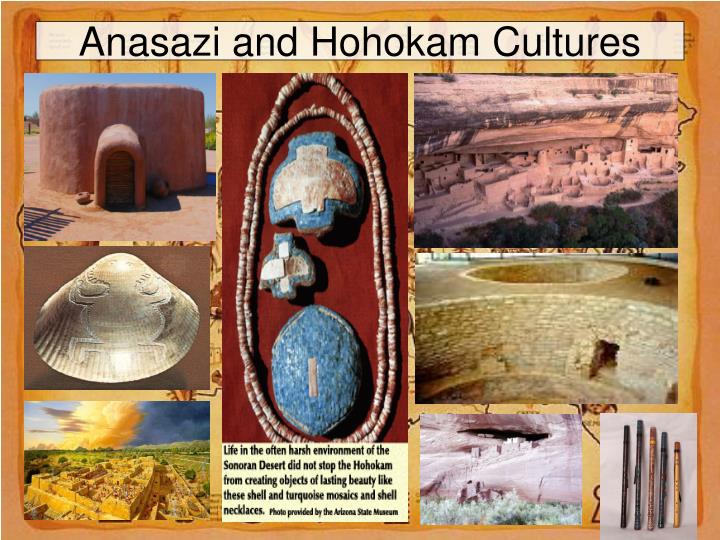
“Archaeological traditions” distinguish apparent similarities in pottery, stone tools, buildings, clothing, basketry, and rock art styles, among other things, that are found in particular parts of the Southwest. We turn to specifics of the Mesa Verde tradition, which spans southeastern Utah and southwestern Colorado, for the rest of our discussion.įigure 1:The “archaeological traditions” map indicates locations of apparent groups of people in the Four Corners region prior to the 1200s migration. In Utah, the two traditions that emerged were the Virgin (west of the Colorado River) and the Mesa Verde (east of the Colorado River) traditions (Figure 1). To the south, in Arizona, archaeologists have distinguished the Kayenta tradition to the southwest, in what is now New Mexico, they have identified the Chaco tradition (Figure 1). In southeastern Utah, for example, these periods are approximately:Īs farming and village life established itself in the region, several subcultures or “traditions” of Ancestral Pueblo people became evident across the landscapes we now know as Utah, Arizona, New Mexico, and Colorado. The sequence of periods is referred to as the “Pecos Classification,” the dates of which vary slightly across the greater Southwest. Because these changes occurred over broad spans of time and across wide landscapes, researchers summarize Ancestral Pueblo history according to “periods” of time to understand better how changes occurred in Ancestral Pueblo societies. The deep history of Ancestral Pueblo culture is characterized by changes in architecture, technology, community settlement plans, clothing, and rock art styles (among other things). Although maize appears as early as 2000 BCE in the vicinity of the Four Corners, it’s not until 300 BCE that evidence of maize is consistently found in the households of people of the region. Their predecessors, nomadic Archaic period peoples, had principally relied upon wild food resources since the end of the Pleistocene epoch around 8000 BCE.

Ancestral Pueblo peoples lived in the Four Corners region, including southern Utah, from about 300 BCE to 1300 CE, and are basically identified by their strong commitment to maize (corn) agriculture.

The Ancestral Pueblo are the ancestors of descendant Pueblo peoples who now reside in Arizona, New Mexico, and Texas.


 0 kommentar(er)
0 kommentar(er)
